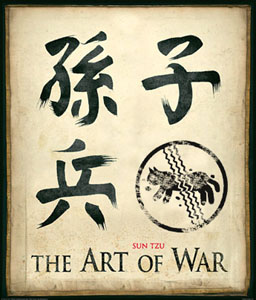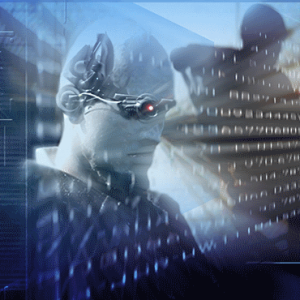James Manyika, Michael Chui, Peter Bisson, Jonathan Woetzel, Richard Dobbs, Jacques Bughin, and Dan Aharon, June 2015
The Internet of Things—sensors and actuators connected by networks to computing systems—has received enormous attention over the past five years. A new McKinsey Global Institute report, The Internet of Things: Mapping the value beyond the hype, attempts to determine exactly how IoT technology can create real economic value. Our central finding is that the hype may actually understate the full potential—but that capturing it will require an understanding of where real value can be created and a successful effort to address a set of systems issues, including interoperability.
 To get a broader view of the IoT’s potential benefits and challenges across the global economy, we analyzed more than 150 use cases, ranging from people whose devices monitor health and wellness to manufacturers that utilize sensors to optimize the maintenance of equipment and protect the safety of workers. Our bottom-up analysis for the applications we size estimates that the IoT has a total potential economic impact of $3.9 trillion to $11.1 trillion a year by 2025. At the top end, that level of value—including the consumer surplus—would be equivalent to about 11 percent of the world economy (exhibit).
To get a broader view of the IoT’s potential benefits and challenges across the global economy, we analyzed more than 150 use cases, ranging from people whose devices monitor health and wellness to manufacturers that utilize sensors to optimize the maintenance of equipment and protect the safety of workers. Our bottom-up analysis for the applications we size estimates that the IoT has a total potential economic impact of $3.9 trillion to $11.1 trillion a year by 2025. At the top end, that level of value—including the consumer surplus—would be equivalent to about 11 percent of the world economy (exhibit).
Achieving this kind of impact would require certain conditions to be in place, notably overcoming the technical, organizational, and regulatory hurdles. In particular, companies that use IoT technology will play a critical role in developing the right systems and processes to maximize its value. Among our findings:
Interoperability between IoT systems is critical. Of the total potential economic value the IoT enables, interoperability is required for 40 percent on average and for nearly 60 percent in some settings.
 There are three disturbing trends brought out in the latest Country Reports on Terrorism 2014 released by the US State Department on June 19, 2015 that affect India’s national interest. The first is the rise of the Islamic State (ISIS) as world’s number one jihadi terror group and its impact on South Asia; the continuing doublespeak of the US on Pakistan’s state sponsored terrorism; and the existence of the overseas network of the Liberation Tigers of Tamil Tigers (LTTE) and the financial support it enjoys.
There are three disturbing trends brought out in the latest Country Reports on Terrorism 2014 released by the US State Department on June 19, 2015 that affect India’s national interest. The first is the rise of the Islamic State (ISIS) as world’s number one jihadi terror group and its impact on South Asia; the continuing doublespeak of the US on Pakistan’s state sponsored terrorism; and the existence of the overseas network of the Liberation Tigers of Tamil Tigers (LTTE) and the financial support it enjoys.

















 , you’re either going to be playing with analogies or you must find an opponent willing to act like a Chinese army of the
, you’re either going to be playing with analogies or you must find an opponent willing to act like a Chinese army of the 







